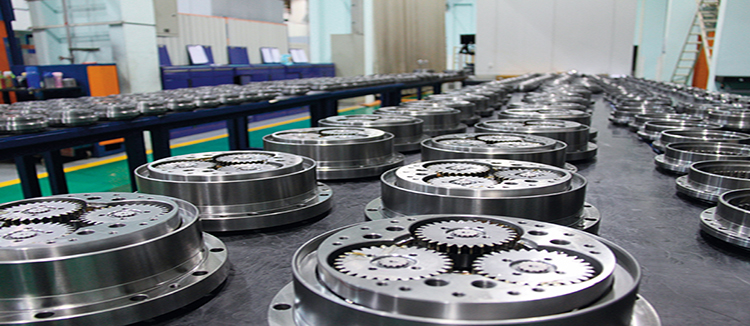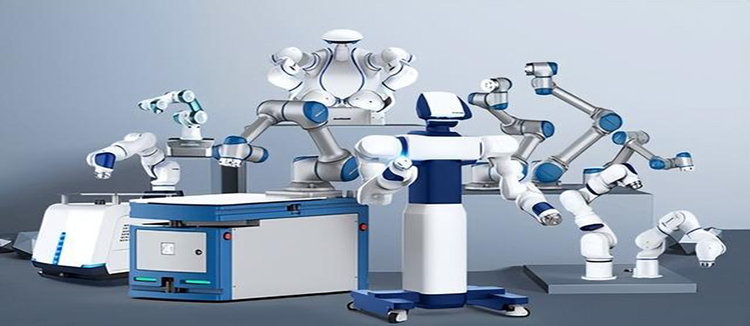The Future of Automation: Unveiling the Capabilities of Multi Axis Robotic Arm
Automation has been a driving force in the industrial revolution, and the Multi Axis Robotic Arm stands as a testament to the advancements in technology. This sophisticated piece of machinery has transformed the way industries operate, from manufacturing to medical procedures, and everything in between. The Multi Axis Robotic Arm is not just a machine; it's a symbol of progress, efficiency, and precision that has reshaped the landscape of automation.
A Multi Axis Robotic Arm is a type of robotic manipulator that is designed to move materials, parts, tools, or specialized devices through multiple spatial directions. These arms are characterized by their ability to move in a variety of axes, which allows for a high degree of flexibility and precision in their movements. The term "multi-axis" refers to the fact that these robotic arms can move along more than one axis, typically including linear, rotational, and sometimes even compound movements.
The capabilities of a Multi Axis Robotic Arm are vast and varied. They are designed to perform tasks that are repetitive, dangerous, or require extreme precision. In manufacturing, these arms can assemble complex parts with a level of accuracy that is unmatched by human hands. They can also work in environments that are hazardous to humans, such as those with high radiation or extreme temperatures, making them indispensable in nuclear power plants and space exploration.
One of the most significant advantages of the Multi Axis Robotic Arm is its programmability. These arms can be programmed to perform a series of tasks with a high degree of accuracy and repeatability. This means that once a task is programmed, the robotic arm can perform it over and over again without fatigue or error, leading to increased efficiency and reduced costs in production.

The integration of sensors and advanced control systems in Multi Axis Robotic Arms has further enhanced their capabilities. These sensors allow the arms to "see" and "feel" their environment, making them capable of tasks that require a level of dexterity and sensitivity previously thought impossible for machines. This has opened up new possibilities in fields such as surgery, where robotic arms can perform delicate procedures with a precision that surpasses human capabilities.

Another area where Multi Axis Robotic Arms have made a significant impact is in the field of research and development. These arms can be used to perform experiments that require precise control and measurement, such as in the development of new materials or pharmaceuticals. They can also be used to test products under various conditions, providing valuable data that can be used to improve product design and performance.
The future of the Multi Axis Robotic Arm looks promising, with ongoing research and development aimed at increasing their capabilities and expanding their applications. As technology continues to advance, we can expect these arms to become even more sophisticated, with greater flexibility, precision, and adaptability. This will not only revolutionize the way we work but also improve the quality of life in many ways, from safer working conditions to more effective medical treatments.
As the Multi Axis Robotic Arm continues to evolve, it is clear that it will play a crucial role in shaping the future of automation. Its ability to perform complex tasks with precision and efficiency makes it an invaluable tool in a wide range of industries. As we look to the future, the Multi Axis Robotic Arm stands as a beacon of innovation, a symbol of what is possible when we push the boundaries of technology and human ingenuity.










